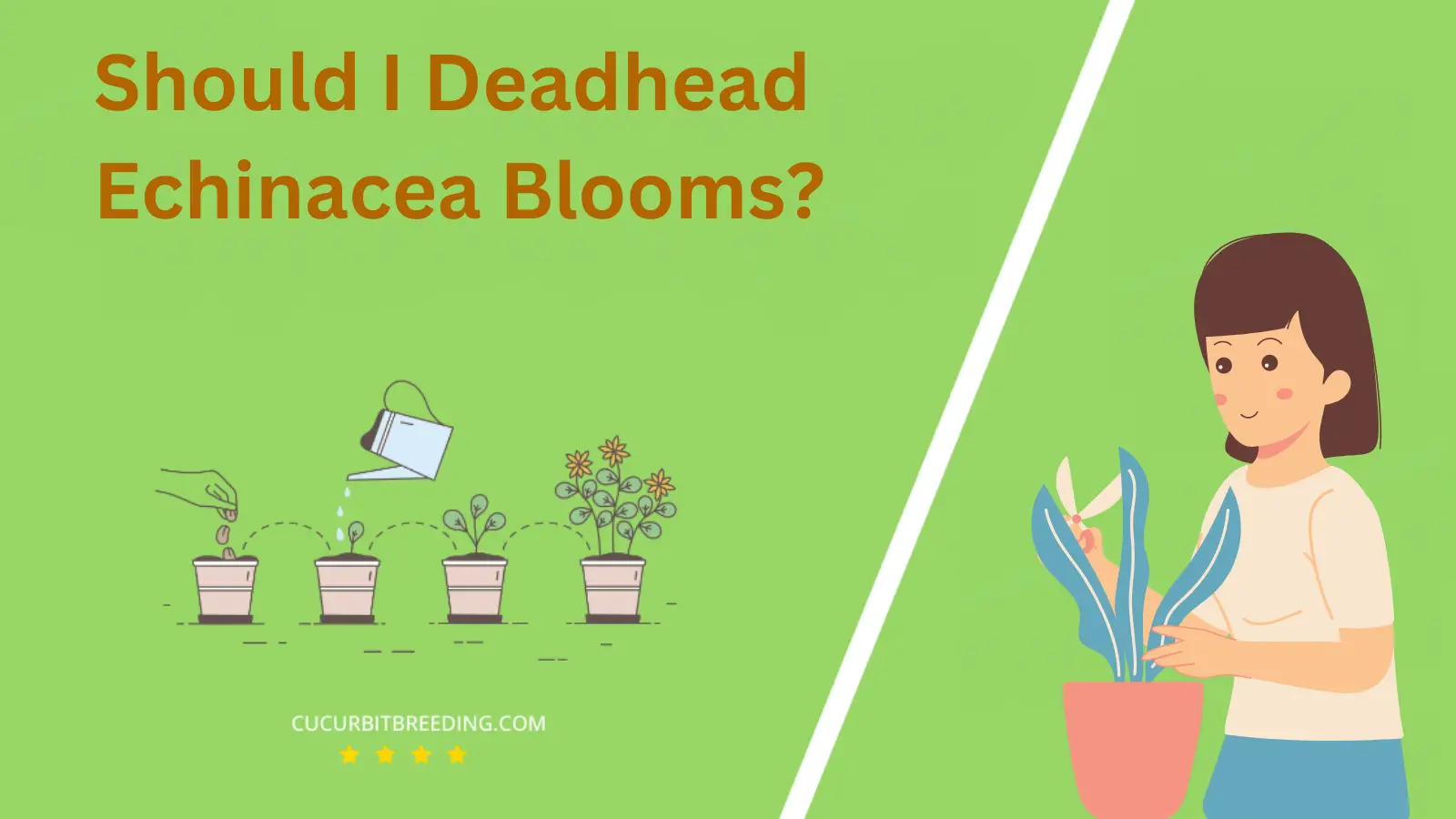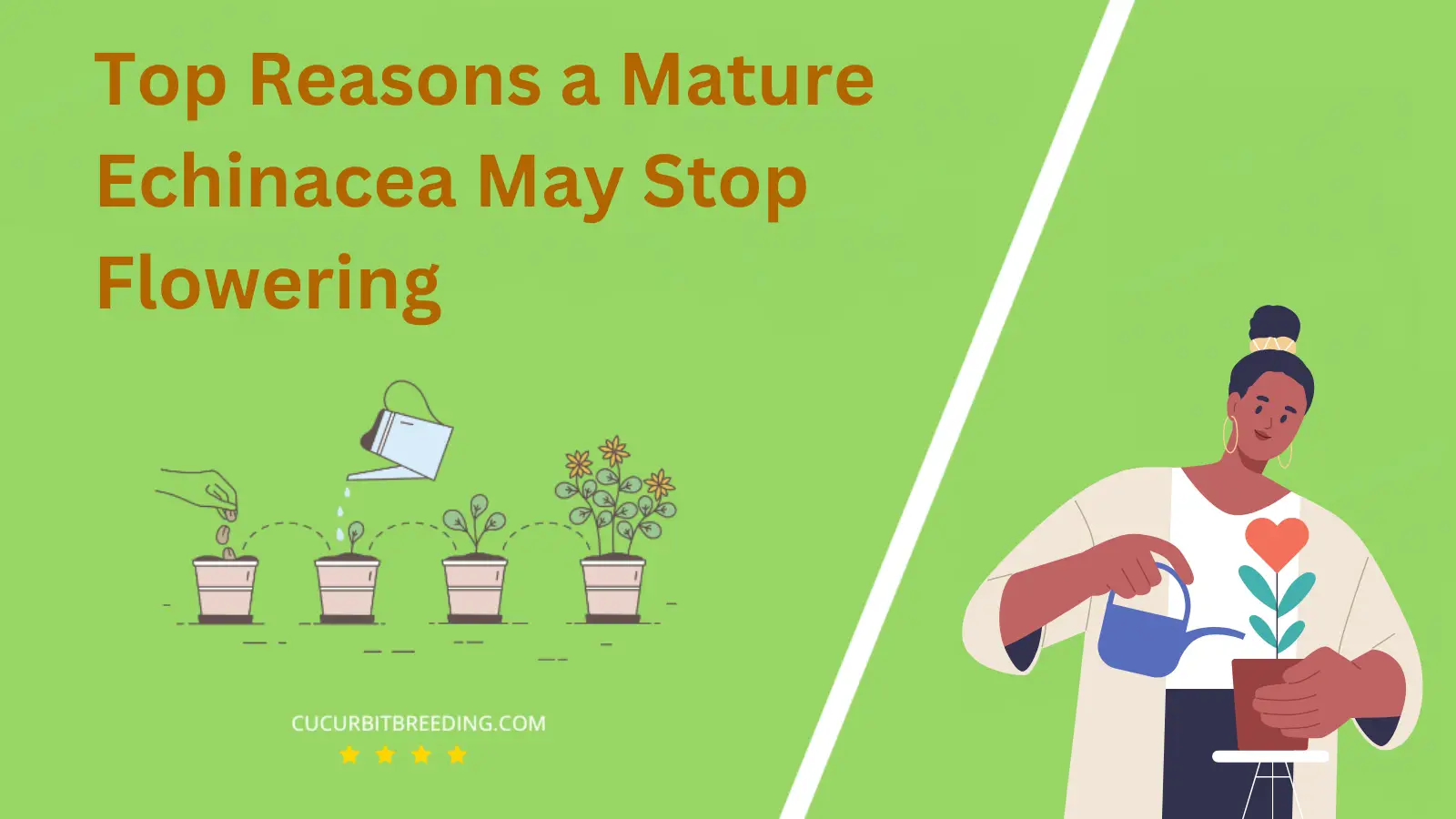
Just as the symphony of spring begins to fade, Echinacea steps up to take center stage. But when exactly does this beautiful perennial bloom? Often recognized for its medicinal properties, Echinacea is also a star in the garden.
Its eye-catching blooms bring a touch of wild prairie charm to your backyard. But timing your garden’s show-stopper requires a bit of botanical knowledge. Let’s delve into the blooming cycle of Echinacea.
When Does Echinacea Bloom?
Echinacea, commonly known as the purple coneflower, typically blooms from midsummer to early fall. This perennial plant showcases its vibrant flowers from June through October, depending on the specific variety and the local climate conditions. Remember that these dates may vary slightly based on your geographical location.
| Stage | Description |
|---|---|
| Germination | Spring (March to May) |
| Growth | Spring to summer (March to August) |
| Blooming | Summer (June-August) |
| Dormancy | (December-January) |
How Long Do Echinacea Bloom?
Echinacea, commonly known as coneflowers, usually bloom for a long period, from midsummer to early fall. Their flowering period can extend for several weeks, typically eight to ten weeks, depending on the specific variety and the prevailing environmental conditions.
How Light Affects Echinacea Blooms?
Light profoundly impacts Echinacea blooms. These plants prefer full sunlight exposure to thrive and produce vibrant and healthy blooms. At least six hours of direct sunlight each day is recommended for Echinacea to flower optimally.
Although Echinacea plants can tolerate partial shade, their blooming may be less prolific and the plants may become leggy as they stretch for light. However, in regions with extreme heat, some afternoon shade can prevent scorching and keep the plants healthy. So, the balance between sunlight exposure and shade is vital for the best flowering of Echinacea.
Will Echinacea Bloom in the First Year You Plant It?
Echinacea, commonly known as coneflowers, typically do not bloom in their first year after being planted from seed. This is because Echinacea plants invest their energy in establishing a strong root system during the first year. Blooms often appear in the second year and every year thereafter. However, if the plants are started indoors or purchased as established plants, they may bloom in the first year.
Will Echinacea Bloom Every Year?
Yes, Echinacea, also known as Coneflower, is a perennial plant, meaning it has a lifespan of more than two years. Therefore, it will bloom every year, usually during summer and early fall. It adds vibrant color and height to gardens during this period.

Should I Deadhead Echinacea Blooms?
Yes, you should deadhead Echinacea blooms. Deadheading, or removing spent flowers, helps to stimulate further blooming and keeps your Echinacea plant looking fresh and attractive. However, if you want to attract birds to your garden or wish to save seeds, you may choose to leave some spent blooms in place.
Top Reasons a Mature Echinacea May Stop Flowering

The main reasons why a mature Echinacea may stop flowering include insufficient sunlight, as these plants typically need full sun to bloom. Another reason could be over-fertilizing, which can lead to lush foliage but fewer flowers. Improper watering, either too much or too little, can also hinder blooming. Finally, poor soil conditions, such as lack of nutrients or improper pH levels, can affect flowering.